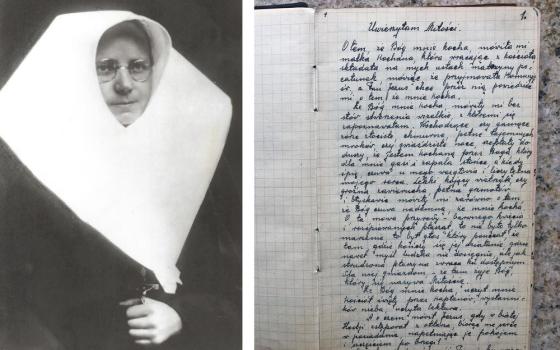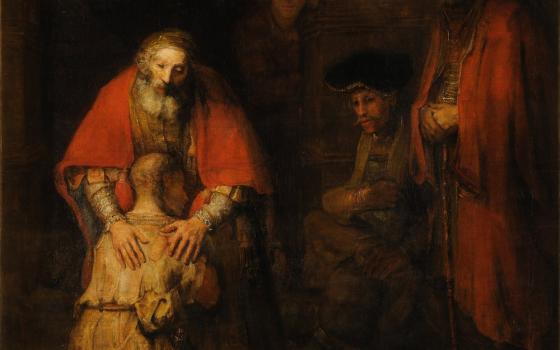Editorial
It is likely that when the U.S. Supreme Court begins its new session in October, it will ignore the appeal brought by of the Bridgeport, Conn., diocese, which then will be forced to release thousands of documents relating to more than 20 suits against seven priests accused of sex abuse. The cases were settled in 2001 and the documents were sealed at that time.
It is probable, too, that someday in the near future the Los Angeles archdiocese will run out of legal tactics, and perhaps money, in its seemingly endless attempts to keep under wraps documents pertinent to more than 500 abuse cases settled more than seven years ago. Part of that settlement was agreement by the archdiocese to release the papers.
There are skirmishes elsewhere and, one suspects, the issue of whether the church should release documents pertinent to the sex abuse scandal will go on indefinitely.
The question, then, is: Is it fair that the church should be required to release to public scrutiny the details of its most damaging scandal in modern history? What right does the state, quite frankly, have in meddling in what some see as the private affairs of the church?
NCR has consistently come out in favor of disclosure, not only because we believe there is an obligation to the wider community, in which the church exists, works and which the church attempts to influence on an array of issues, but also because the church community has the right to know what its leaders have done when confronted with blatantly criminal behavior by priests.
This paper has long advocated that dioceses take on narrative projects that would use independent experts to comb through the files and present the dioceses and, by extension, the rest of the church, with as detailed an account as possible of what went on: how many priests known to be abusers were transferred; how many times and to what assignments; by whom; and who took how much from diocesan funds to pay for silence.
These are some of the questions that, had the church taken a different tack, could have been answered without revealing information that arguably should remain confidential. But that kind of disclosure has rarely, if ever, been attempted. So we are left wondering what the church has done in our name.
The right to know is fundamental to any healthy community and it is, as the famed Jesuit theologian John Courtney Murray once put it, essentially without limit. That right might clash with Vatican culture, where secrecy is a way of life, but the abuse crisis in the United States and elsewhere has shown dramatically that a lack of transparency can provide cover for terrible evil.
We should be concerned about the state’s intrusion into the life of a religious community. But in the Connecticut case and others dealing with sex abuse, the matter is not one of state interference with religious practice but the public’s right to full information about criminal activity.
Nor does it seem logical for the church to protest state intrusion when, in fact, it was church officials who decided to employ a legal rather than pastoral strategy as the abuse scandal unfolded. It was the church that benefited from the expiration of statutes of limitations in avoiding prosecution of hundreds of priests once the scandal came to light.
So it hardly seems out of place for the community to demand disclosure at this point. If the church wants to remain a credible citizen and a respected voice in the serious and compelling debates of the day, then it needs to do more than pay for people’s silence.
If Catholic leaders hope to remain credible within the Catholic community, they need to tell the truth, embarrassing and damning as it may be. This crisis continues to be a drag on the church and its mission because so much has been and continues to be held in secret and so many remain beyond any accountability.


